Blooming
Most often in landscape design use flowering shrubs: they combine the advantages of flowers and ornamental shrubs.
Rhododendron
There are more than 1000 flowering bushes in the genus. Rhododendrons are evergreen and deciduous. Some species can reach 30 m in height, but most often the growth is 1-2 meters.
You need to plant this flowering shrub in a shaded place - it will grow well under the branches of large trees or near a fence at a summer cottage.
In addition to the scorching sun, rhododendrons do not tolerate drafts and wind, it is also desirable to provide sufficient air humidity - for example, by placing a pond nearby or spraying more often.
rose flower
The thorny flowering shrub is considered a classic of gardening, although not everyone can successfully cultivate it. Roses are bush and climbing - the former are usually up to 100 cm high, the latter grow along trellises and supports to an unlimited size.
The flowering period is early summer (May to July). To see scarlet, yellow, pink, white flowers, you need to give the rose maximum love and care: loosen the soil, feed, cut, wrap it up for the winter.
Jasmine
An amazing ornamental shrub with fragrant inflorescences is familiar, perhaps, to everyone. In order for the wonderful scent of flowers to spread throughout the site, special skills are not needed: jasmine is an unpretentious plant.
Cultivation is possible in the shade and in the sun, in dryness and moisture. The only thing that the bush does not like - stagnation of water in the roots, otherwise, in terms of decorativeness and ease of care, it resembles the heroine of the next item - lilac.
Lilac
The attractive lush flowering shrub is considered one of the easiest to cultivate: lilacs survive even in urban conditions, not to mention country estates. Lilac is one of the few bushes that bloom in spring (May to June).
The height of the shrub, the size and shape of the flowers, their shades depend on the species: for example, the Hungarian reaches a height of 7 m, and the dwarf Meyer grows to only 150 cm.
Important! Like jasmine, lilac does not like overflow - plant it anywhere that does not swamp in the off-season.
Japonica
The second name of the ornamental shrub is chaenomeles. Bright red inflorescences that bloom in May, as if burning against a background of green foliage. By September, delicious fruits ripen, from which jams, jams are cooked and added to various dishes.
So that the quince has time to ripen in a season, an ornamental shrub placed in a sunny area... Young seedlings are watered once a week, adults - once every 1-2 months. By October, water supply is stopped altogether - in the fall, the quince is preparing to retire.
The plant is frost-resistant, it feels great outdoors even in the Urals.
Spirea
The appearance of the bush differs depending on the variety: there are weeping, creeping, pyramidal, etc. The color of flowers differs based on the flowering time: white bloom in spring, red, crimson in summer.
Tavolga (second name) is an excellent neighbor for conifers like thuja or juniper. The place where the spirea is planted should be well lit, have fertile soil, and a good drainage layer.
Weigela
Low-growing shrubs love the sun most of all and do not like the wind. If you plant a weigela in a well-lit place, sheltered from the winds, you can admire several blooms per season!
And it blooms really wonderfully: pink (from light to bright) bells open along the entire length of the branches, practically covering the bright green foliage.
Undersized
Compact ornamental shrubs for summer cottages are usually used not for single planting, but in compositions: rockeries, alpine hills, flower beds.
Heather
A compact bush rarely reaches half a meter. It takes root well both in the middle lane and in the harsh Siberia. Loves the sun, although it can withstand partial shade. In the shade, you can not dream of growth and flowering.
Heather blooms in late summer (July-August) with millions of small buds on long shoots. The palette is white, pink, lilac.
Cotoneaster
A small ornamental shrub for a summer residence is valued for its unusual round shiny leaves that change color with the change of seasons. In summer, the cotoneaster is green, in autumn it is orange or red. Black or scarlet berries that hang until the very frost add decorativeness.
There is nothing difficult in growing: the plant is not afraid of frost, drought, dust, gases. In addition, it does not require nutrient soil.
Action
The bush is not just compact, but also blooming. In early summer, the branches are covered with delicate white or pink double buds.
Creating ideal growing conditions involves choosing an excellent sunny area with neutral (not acidic!) Soil. Watering should be no more than once a week, in August - a couple of times a month, from September you should not add water.
Wolf
Another name is wolfberry. Flowers are one of the first to open in the garden in spring; by autumn, bright fruits ripen, which hang before the arrival of cold weather.
Important! All parts of the bush are poisonous and should not be eaten.
Frost resistant
When choosing ornamental shrubs, pay attention to the frost resistance factor: each variety has its own parameters - before planting it in the ground, check the minimum temperature withstand.
Viburnum
Common viburnum easily survives frosts down to -35C and even more. In the wild, it grows in almost any climate, therefore, it does not require special care in the garden.
These ornamental shrubs first delight with lush flowering in May, and by August they are already covered with red berries, which are harvested after the first frost. The berries are used for medicinal purposes and for cooking.
Chubushnik
Often confused with jasmine, the mock-orange is not as tall and fragrant as its twin brother. But it steadily survives winters up to 25 degrees, but even if it freezes, it will grow again the next season, thanks to its powerful roots.
Flowering begins in June and lasts about 3 weeks. Beekeepers consider this bush to be an excellent honey plant.
Juniper
Caring for this coniferous ornamental shrub is simple: junipers are not afraid of drought, heavy rains, winds, frosts down to -40C. Another plus - you do not have to form a crown, it is decorative in the plant and without a fashionable haircut.
In the summer, the bush is sprayed and watered occasionally, in the fall, dried shoots are removed. That's the whole concern!
Hydrangea
If we compare the varieties of shrubs in terms of frost resistance, the gold will definitely go to the panicle hydrangea. It can withstand a drop in temperature to 25-28 degrees, it winters well even in harsh areas - but to be sure, the root system needs to be covered.
Decorate the garden the hydrangea will be in bunches of flowers almost all summer! Flowering begins in June and ends in September-October.
Evergreen
Most ornamental deciduous shrubs have one big drawback: with the onset of cold weather, they "go bald" and look no longer so aesthetically pleasing. But there is a solution to this problem - evergreen species.
Magonia
The leaves are leathery, shiny, with sharp tips. It blooms twice: in May and October. Juicy yellow flowers last 25-35 days. The fruits are edible, have a sweet and sour taste. For Mahonia to bear fruit, you need 2 or more shrubs nearby.
Grows well in the shade if planted in fertile soil. The shape is given by trimming.
Holly
A shrub with sharp, monochromatic or variegated leaves tolerates shade calmly, but needs frequent watering. Hollows are not too hardy, therefore they are more suitable for cultivation in the southern regions: there they do not shed their leaves, retaining their decorative effect all year round.
Nidiformis
A dwarf variety of European spruce with a pillow-shaped crown. Like the "older" varieties of spruce, it is frost-resistant. Not demanding on soil, light - in any case, it grows very slowly, increases by only 5-8 cm in height and width per year.
Since the crown is creeping, it is better to cover nidiformis for the winter, otherwise the shoots will freeze. In summer, on the contrary, the spruce does not like drought - therefore, in the heat it requires additional watering.
Perennial
In general, more than 90% of shrubs are perennials - every year they become larger, taller, wider. Some species begin to bloom and bear fruit only 4-5 years after planting.
Rowan-leaved fieldberry
When choosing a decorative and fast-growing bush for landscaping your site at the same time, do not lose sight of this plant. The bush is not too large (up to 2 m) with leaves that look like a fern or ordinary mountain ash.
Small white flowers are not the only decoration of the fieldfare, its leaves change color as they grow and change the years - young shoots are pink, summer ones are green, autumn ones are yellow or orange-red.
Derain
The most popular among gardeners is white dogwood, which got its name for the white edges on light leaves. Although the plant throws off the leaves, in winter it still looks beautiful due to the brown, yellow, scarlet shoots.
Grown in all regions: withstands heat, cold, shade. It grows quickly, not picky about the composition of the soil.
Calmia
In the CIS countries, calmia is rare, but landscape designers from Europe, the USA and Canada love and actively use this shrub.
Due to the fact that the flowers of kalmia in the closed and open form have different shades (for example, red and pink) - during flowering, the bush looks very decorative.
Unpretentious
Plants that do not have any special requirements for the content are appreciated not only by beginners, but also by experienced gardeners. Below you will find 5 ornamental shrubs for the garden with photos and names.
Japanese maple
If in Russia maple is a tree, in Japan it is a compact shrub up to 2-3 meters in height. For the decorativeness of the leaves, red Japanese maple is loved not only at home, but all over the world - including in the CIS countries.
It can be grown outdoors or in tubs of a suitable size. Maple is not very picky about the composition of the soil and illumination, but a young plant should be protected from wind, overflow, hypothermia.
Rosehip
These bushes are also called tea roses - unlike the thermophilic sisters, the rose hips are extremely unpretentious, but endows with no less beautiful and fragrant flowers. Undemanding to the soil, will be happy to grow in a well-lit place.
Bubble
Despite the unremarkable name, the bush is not only decorative, but also easy to cultivate. The only thing he doesn't like is an excess of water in the roots. But if not poured, it can grow in any soil, in the shade and in the sun, it survives the winter well, is not afraid of drought or gas pollution.
Euonymus
Outwardly, it is somewhat similar to grass: euonymus is grown, by the way, also mainly because of the beautiful foliage: in summer they are green, in some varieties with white veins or edges, and in autumn they are fiery red, red, even purple. The seedling is buried in neutral or deoxidized soil, otherwise the euonymus are picky.
Karagana
A graceful shrub with thin leaves and fragrant bright yellow flowers - from a distance they resemble small bananas. It blooms in May-June; later, brown fruits appear, similar to the pods of beans or peas.
In the garden, the hardy caragana will survive drought, frost, shade, acidic soil and other "troubles".
Fancy
And finally, a few more shrubs that differ from the rest in their appearance.
Barberry
The sour special taste of barberry berries is known to everyone, but not everyone saw what this shrub looks like. And it looks very decorative: firstly, the leaves can be green, purple, yellow and even orange. Secondly, flowers also look incredibly attractive. Thirdly, when the bush is decorated with red berries, it is completely impossible to take your eyes off it.
Forsythia
There are bushes that glow red and forsythia glow yellow! It blooms so magnificently that the leaves and trunks of the shrub are absolutely invisible behind the small yellow flowers.
Another advantage is blooms early: in May, sometimes even in April.
Boxwood
Perhaps, everyone has seen these spherical bushes at least once - they are very much loved by designers for their aesthetics. Thanks to its small plump leaves and thin twigs, the boxwood looks like an artificial one.
But to get the perfect shape, boxwoods must be shaped: usually balls are made of them, but you can also create squares, rectangles.
Bagryannik
This tree-like shrub looks like sakura from afar: covered with pink or purple flowers in April-May will make a splash in your garden! In autumn, the plant is no less attractive: it is no longer flowers, but leaves that acquire a crimson color and attract eyes.
There are an incredible variety of options for shrubs: some amaze with the beauty of flowers, others - with leaves, and still others are captivating with their unpretentiousness. Choose yours and your site will sparkle with new colors!

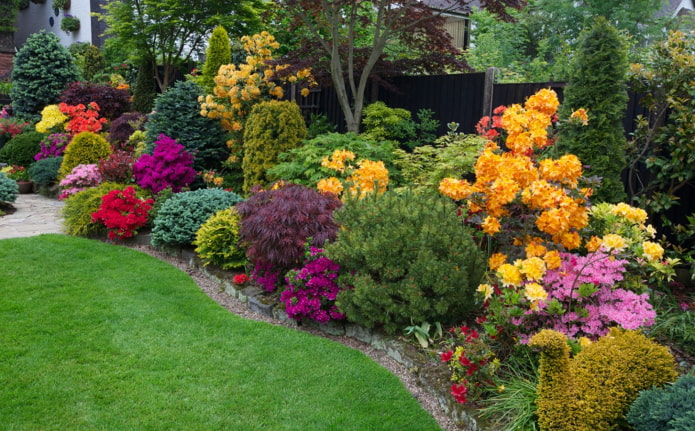
 10 practical tips for arranging a small kitchen in the country
10 practical tips for arranging a small kitchen in the country
 12 simple ideas for a small garden that will make it visually spacious
12 simple ideas for a small garden that will make it visually spacious
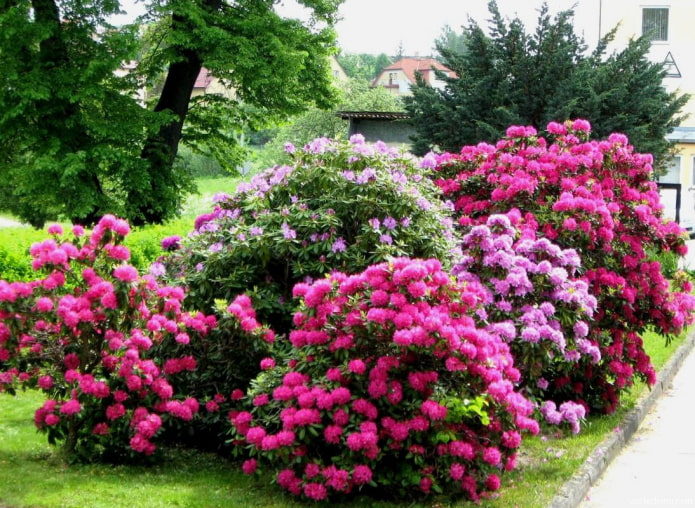
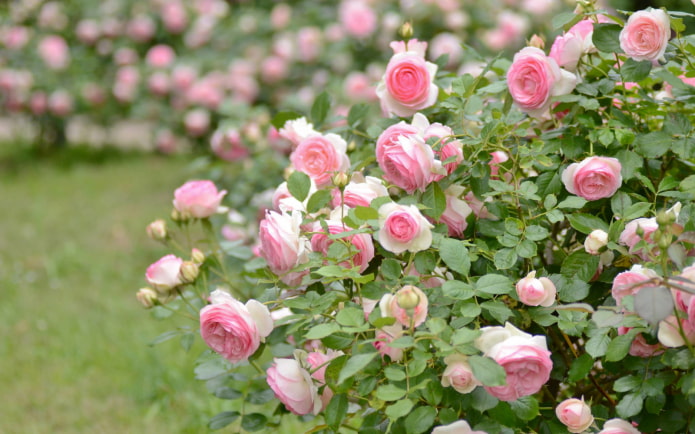
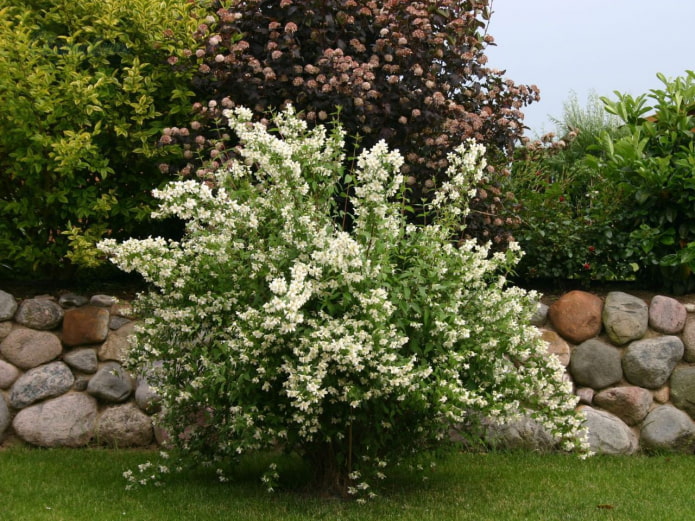
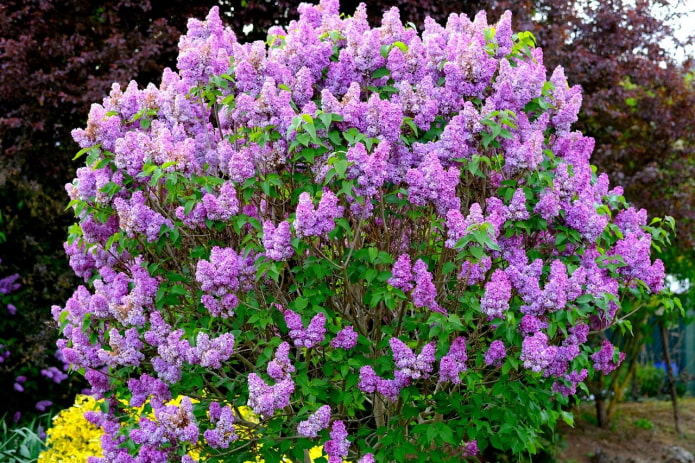
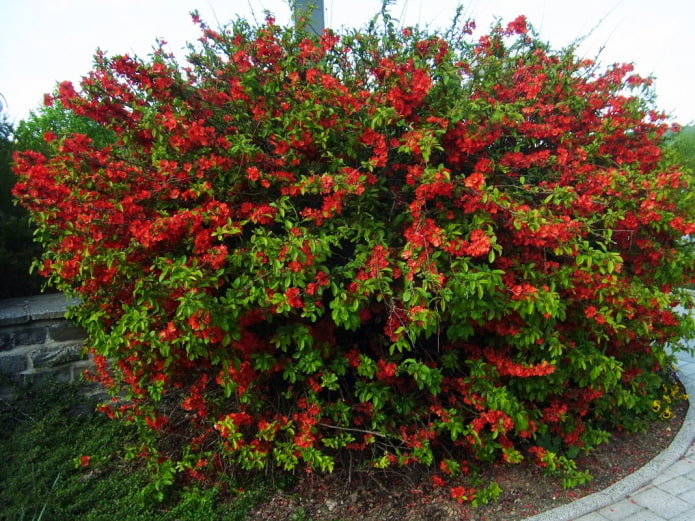

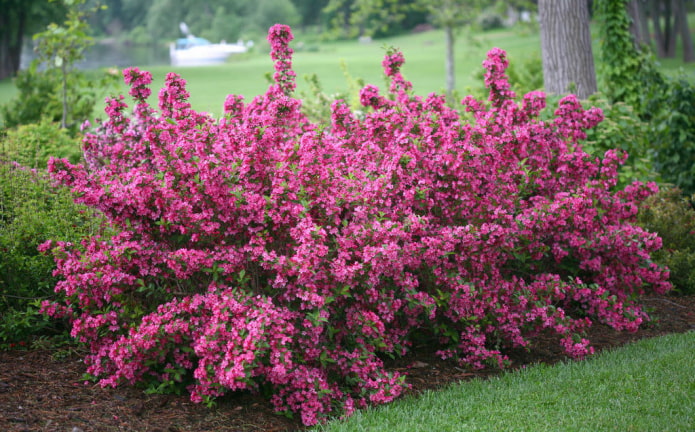
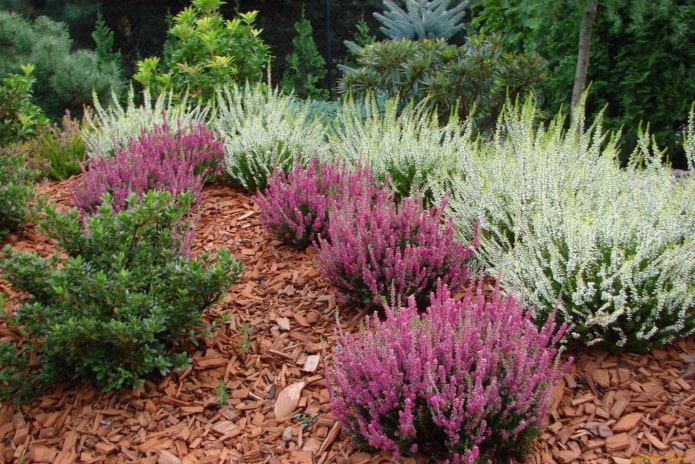

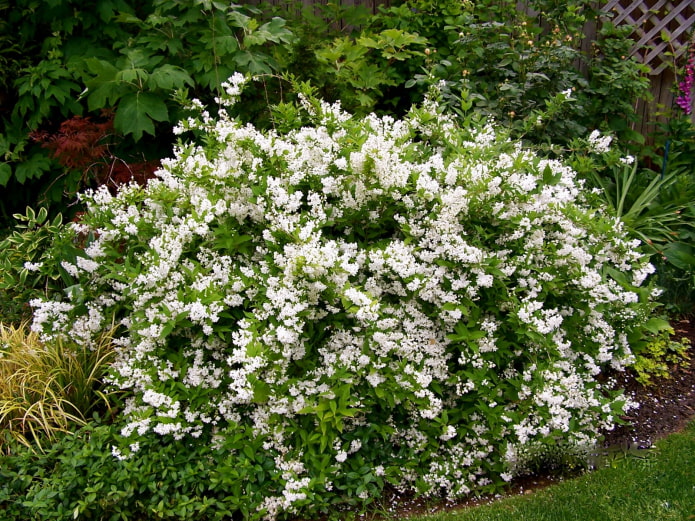
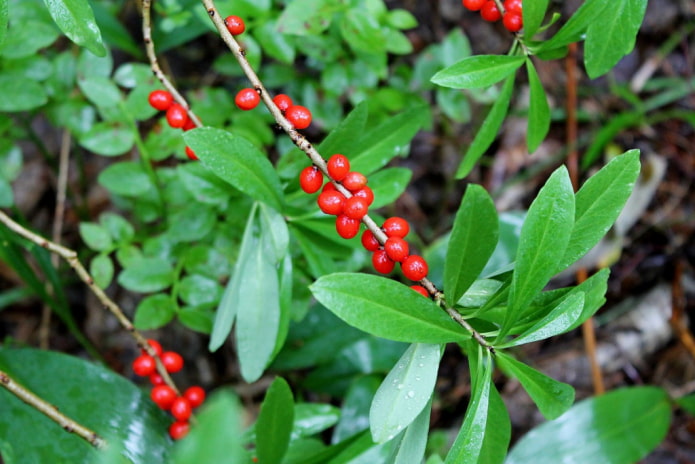
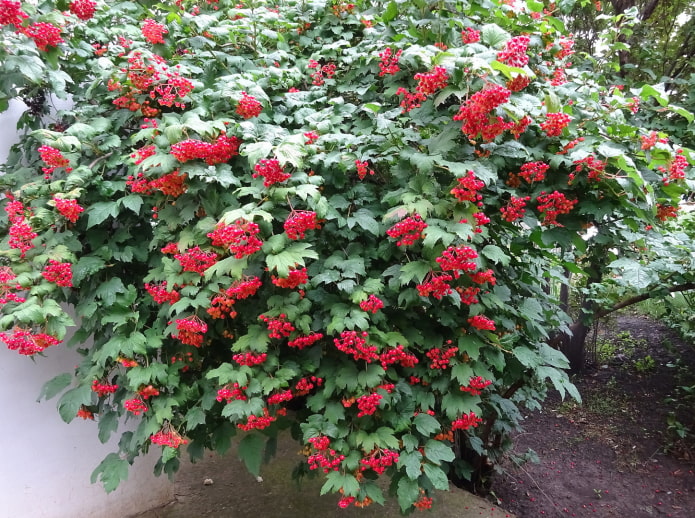
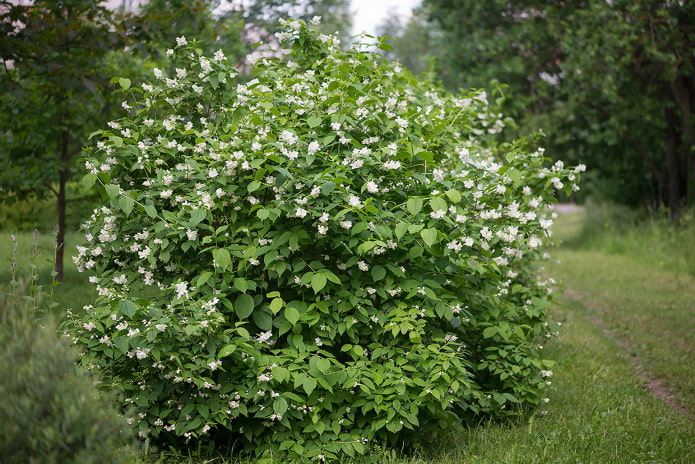
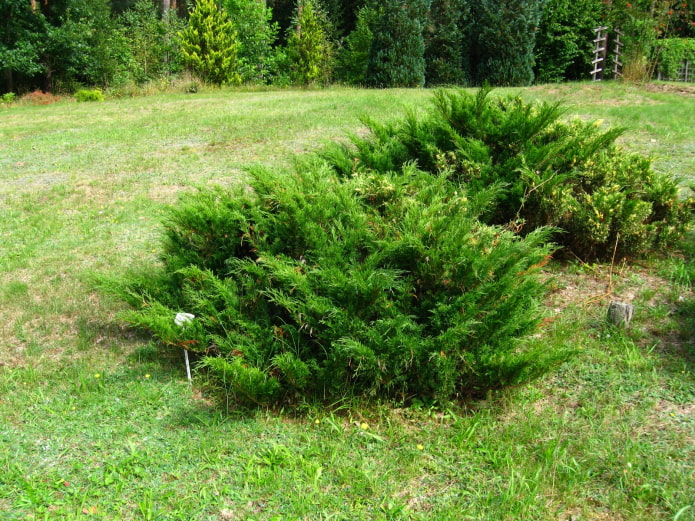



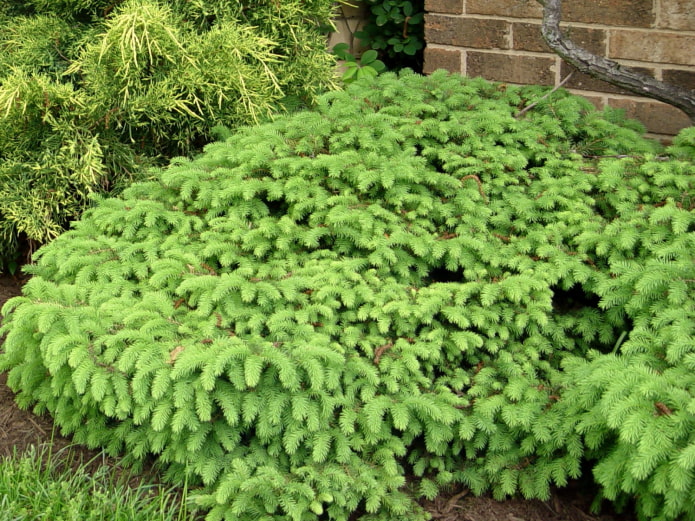
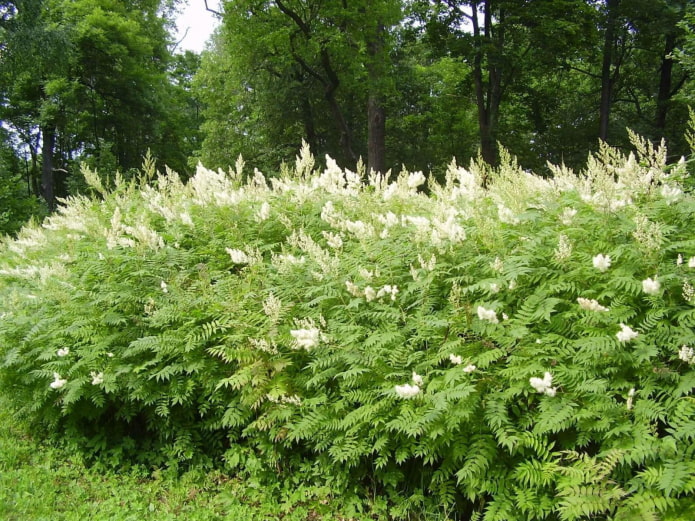

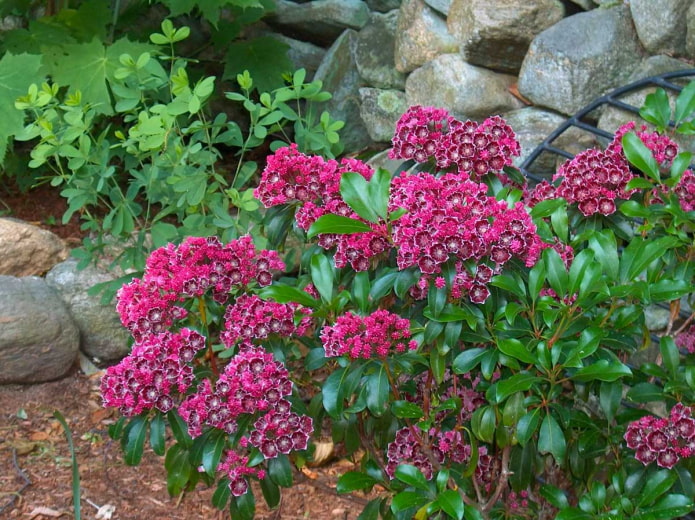
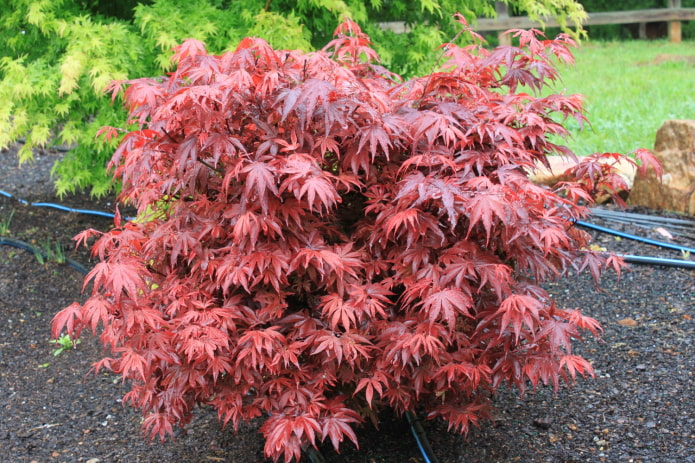
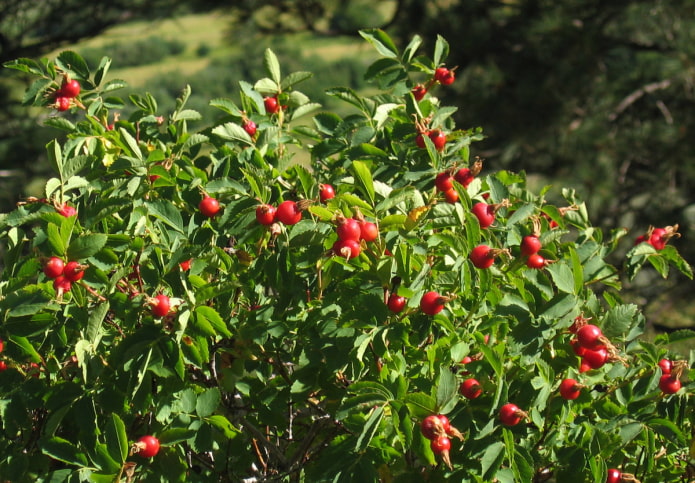
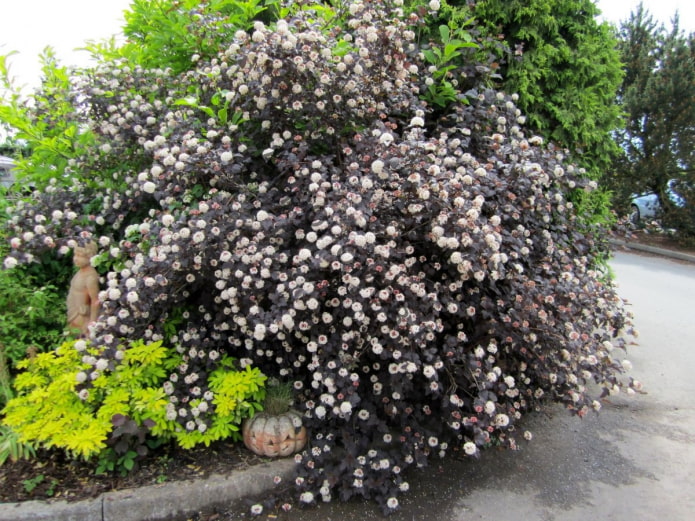

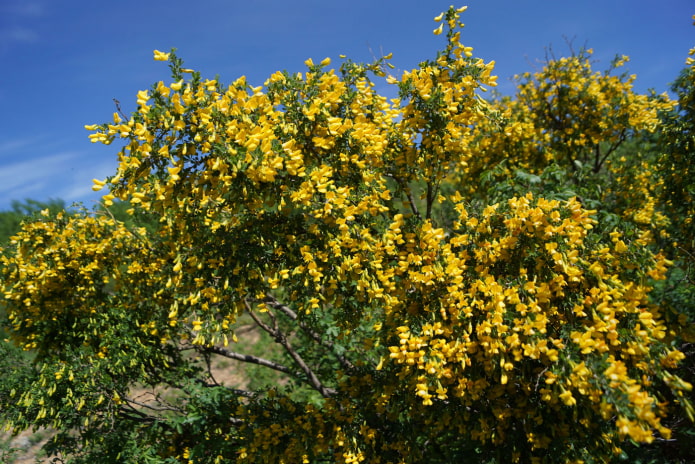
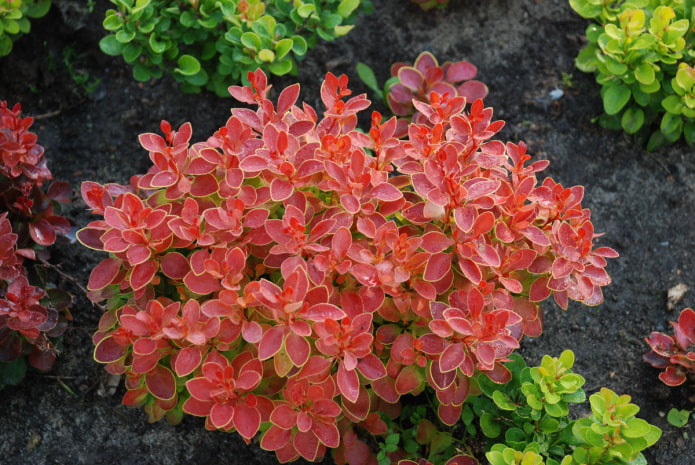
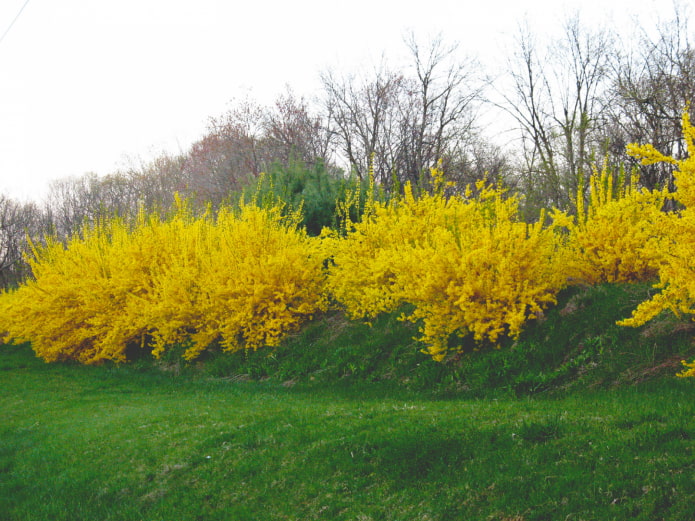
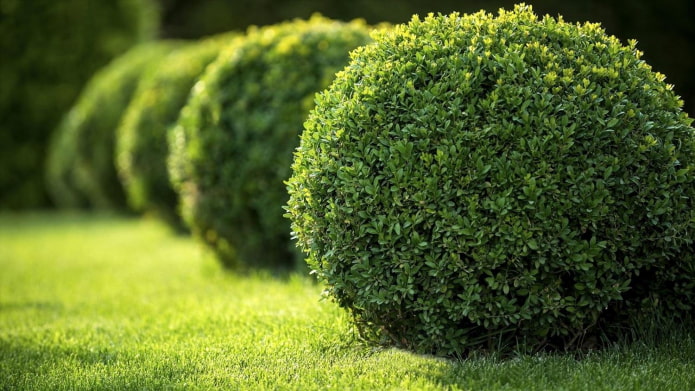
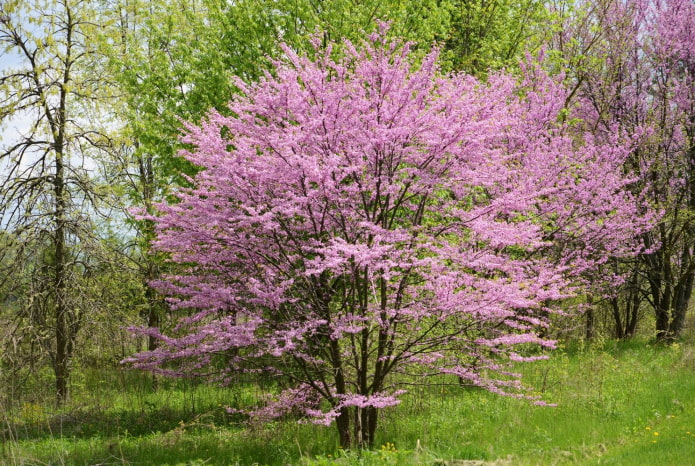
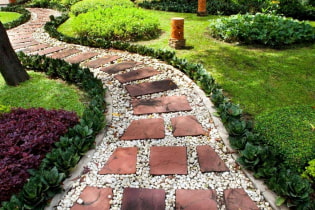 How to decorate garden paths beautifully for a summer residence?
How to decorate garden paths beautifully for a summer residence?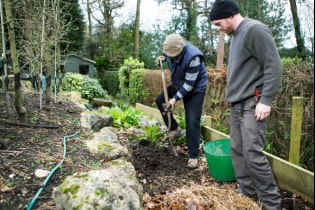 What fertilizers should be used in spring?
What fertilizers should be used in spring? How to use gabions on the site?
How to use gabions on the site?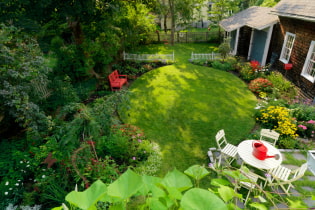 Landscaping of a summer cottage on 6 acres
Landscaping of a summer cottage on 6 acres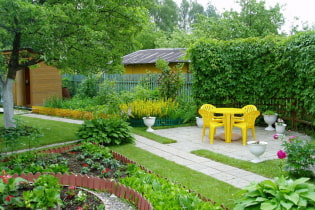 How to arrange the landscape design of a suburban area of 4 ares?
How to arrange the landscape design of a suburban area of 4 ares?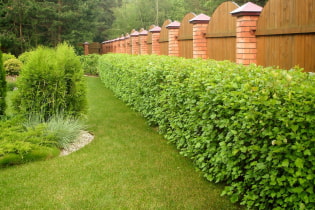 What plants can you make a hedge?
What plants can you make a hedge?